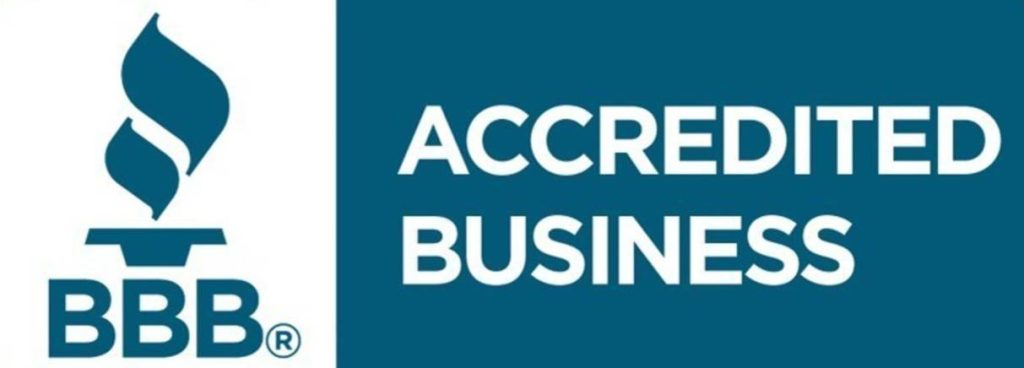Water/Flood Mitigation
Drying Plan
Our certified professionals will begin implementing a drying plan for the affected area. Each drying plan is uniquely designed to return an affected area to its pre-loss moisture condition.
Commonly, porous wet contents are removed and taken to our warehouse for further drying or inventoried as a non-salvageable item. We remove content from a wet property because porous items are highly prone to microbial growth and will not dry effectively within an affected area.
Thomasville Restoration does not offer a one size fits all water damage approach. Every instance of water damage is unique. Once an evaluation is complete, we will recommend the most efficient and cost-effective solution for your specific situation.
- Extraction
- Evaluating the age of the home to determine the need for asbestos testing
- Removal of wet pad and carpet
- Removing all damaged contents
- Creating wall or ceiling cavities
- Removal of wet insulation
- Treating the affected area with an antimicrobial agent
- Strategically placing dehumidifiers and air movers
5 Common Reasons For Water Damage
01.
Aftermath Of Fire Damage
To put out a fire, firefighters may use many gallons of water, in which case, a property owner will not only be left with fire damage but water damage as well.
02.
Frozen Pipes
Freezing temperatures can cause the pipes on your property to crack and split. Massive amounts of water damage can occur in a short time when temperatures plummet below freezing.
03.
Appliance Failures
Dishwashers, refrigerators, washing machines, water heaters, and sump pumps are potential causes of a property becoming saturated with water.
04.
Leaking Pipes
At times, small leaks can be hard to detect until you can see clear water damage signs. It is common for leaks to happen behind drywall or in crawl spaces. We have witnessed pipes in kitchens and bathrooms to the basement or garage cause water damages. Remember that you need to quickly call water mitigation professionals because undetected water leaks pose a risk for mold growth.
05.
Storm Damage
Water damage from a storm is categorized as category three water damage because it can contain hazardous materials such as various bacteria, E.Coli, microbes, and debris. In our experience, water damage from a storm is the result of heavy rains and flash flooding. During a storm, neighboring rivers, streams can rise and overflow onto your property.
Moisture Mapping For Emergency Water Damage Repair
Accurate Drying, Monitoring, And Reporting
Generally, drying equipment will be left on-site for a minimum of three days and a maximum of five days. Upon returning, we will perform a moisture test and inspect the affected areas to ensure that the drying process is complete and the equipment has performed its function.


